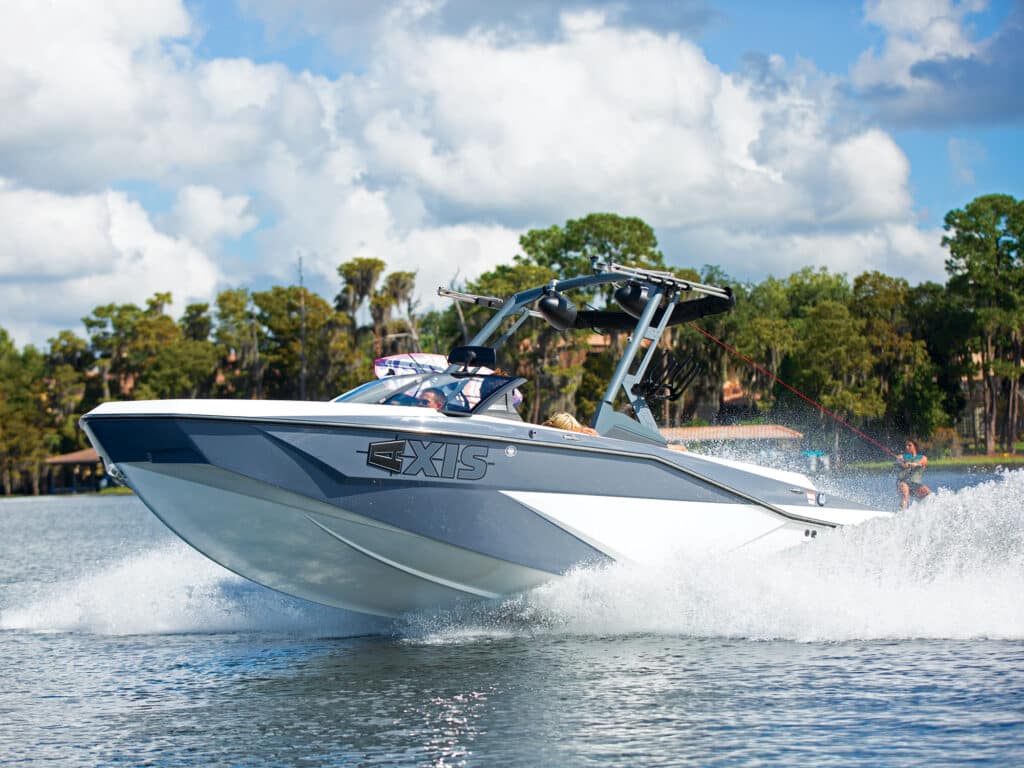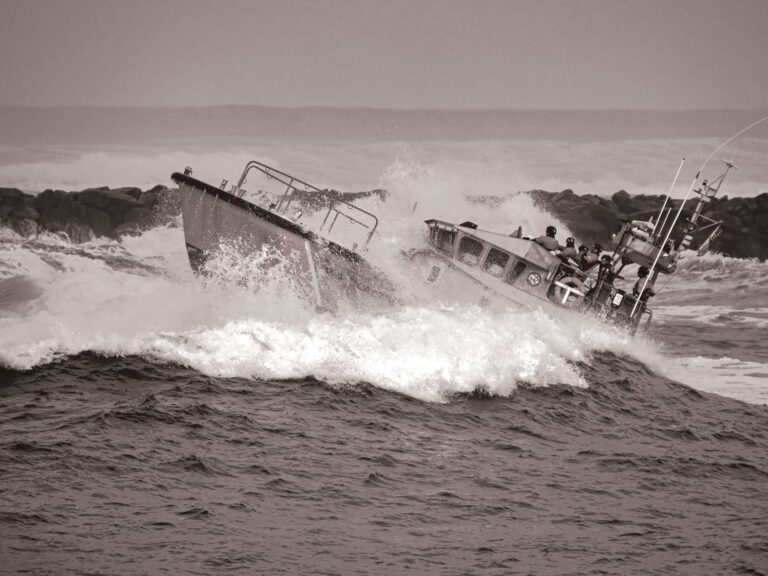
The driver is the key to a successful, fun and safe tow-sports experience. The pros can tell when the boat’s speed is off by as little as 0.33 mph or it veers from a straight path by even a few inches.
That is why experienced, rated drivers are used in water-ski, wakeboard, wakesurf and barefoot competitions. But good driving is important for everyone who enjoys having fun behind the boat, even novices and tube riders. Here are a few tips toward becoming a good tow-sports driver.
Get Focused
The tow-sports driver is more than someone who steers the wheel and moves the throttle. The driver sets the tone for the session on the water. He or she should focus strictly on providing a fun, safe and successful experience for the person behind the boat. Once you have developed this focused mindset, you are on the path toward becoming a good tow-sports driver.
360-Degree Awareness
Effective driving requires 360-degree awareness of your surroundings. A ski mirror is crucial in developing this skill. If your boat did not come with a mirror, get one. Aftermarket mirrors are available for all boats, including center-consoles and pontoons. With the mirror, you can face forward while keeping an eye on what is happening behind the boat. The mirror will keep you more engaged and make you a better tow-sports driver. Your eyes should always be moving, scanning the water in front of the boat and looking at the speedometer and the mirror. Keep the boat’s speed accurate, and look for the calmest water while avoiding other boating traffic.
Designate a spotter, and inspire her or him to stay engaged. The designated spotter should sit next to you, and instruct them to speak loudly. That way, you can better hear any commands they have even if the stereo is turned up.
Sensitivity to the Wheel and Throttle
Developing sensitivity to the wheel and throttle is another important skill in effective tow-sports driving. Every boat steers and handles differently, and acceleration will differ depending on engine size and propeller choice. The goal is always to throttle smoothly so that the skier or rider is not even aware of the driver. The driver should always turn off the engine when a skier or rider is on the swim platform, getting ready or getting back in, or in the water near the boat. After a fall, the driver should return quickly to protect the person in the water, then slow down to an idle speed so as not to intimidate the skier or rider in the water.
Read Next: Three Keys to Improve Your Wake-Sports Skills
Skiers and riders come in multiple sizes and possess different skill levels. Therefore, the driver should customize the way he or she drives for each individual. Ask the individual in tow what type of acceleration and top speed he or she wants. If the skier or rider is a novice and does not know, the driver should be aware of the ideal speeds for each tow sport and make a judgment call based on the individual’s weight. After each pass, the driver should ask for input from the skier or rider.
The goal for the tow-sports driver is to always think from the viewpoint of the person in tow and to give the skier or rider the best and safest experience behind the boat. Good driving is satisfying for the person behind the boat and also gratifying for the driver.









